
Art by Kayo Hayashi
Reflect, Plan, Organize: Your Guide to a Productive New Year
A new year is the perfect time to look back, plan ahead, and start fresh. Reflect on the year gone by and find a new path forward with our handy guide.
By Forrest Dylan Bryant
December 2022
This post originally appeared on the Evernote Blog
The start of a new year is a time of promise and opportunity, celebration and reflection. Perhaps you’re riding high on the successes of the year gone by—a business goal met, a fabulous vacation, or the birth of a child. Or you may be in a less secure place after a turbulent year—the loss of a job, personal disruptions, or other worries.
Whatever your state of mind right now, you probably want the next year to look more like a highlight reel than a disaster movie. For most of us, that’s easier said than done. You might be ready for a fresh start, but knowing where to begin is tricky. Maybe you make resolutions every year, but they never seem to stick. Perhaps you’re thinking of changing jobs, but aren’t sure it’s the right move.
Fortunately, there are some simple steps that can help you think it through.
Taking the time to reflect on the past year can give you a better grasp on how you’re feeling and what you really want out of life. Setting your intention for the new year can give you a meaningful compass to steer by. Writing it all down helps you express your thoughts clearly and creates a document you can return to, measure against, and build toward, all year long.
Look back: Identify the themes of your year
To move forward with intention, first we need to look back with an open mind. As Evernote Certified Expert and business coach Maika Endo explains, “Reflecting allows me to step back and have an elevated view, see what works and what could shift… It helps me stay purposeful in what I do.”
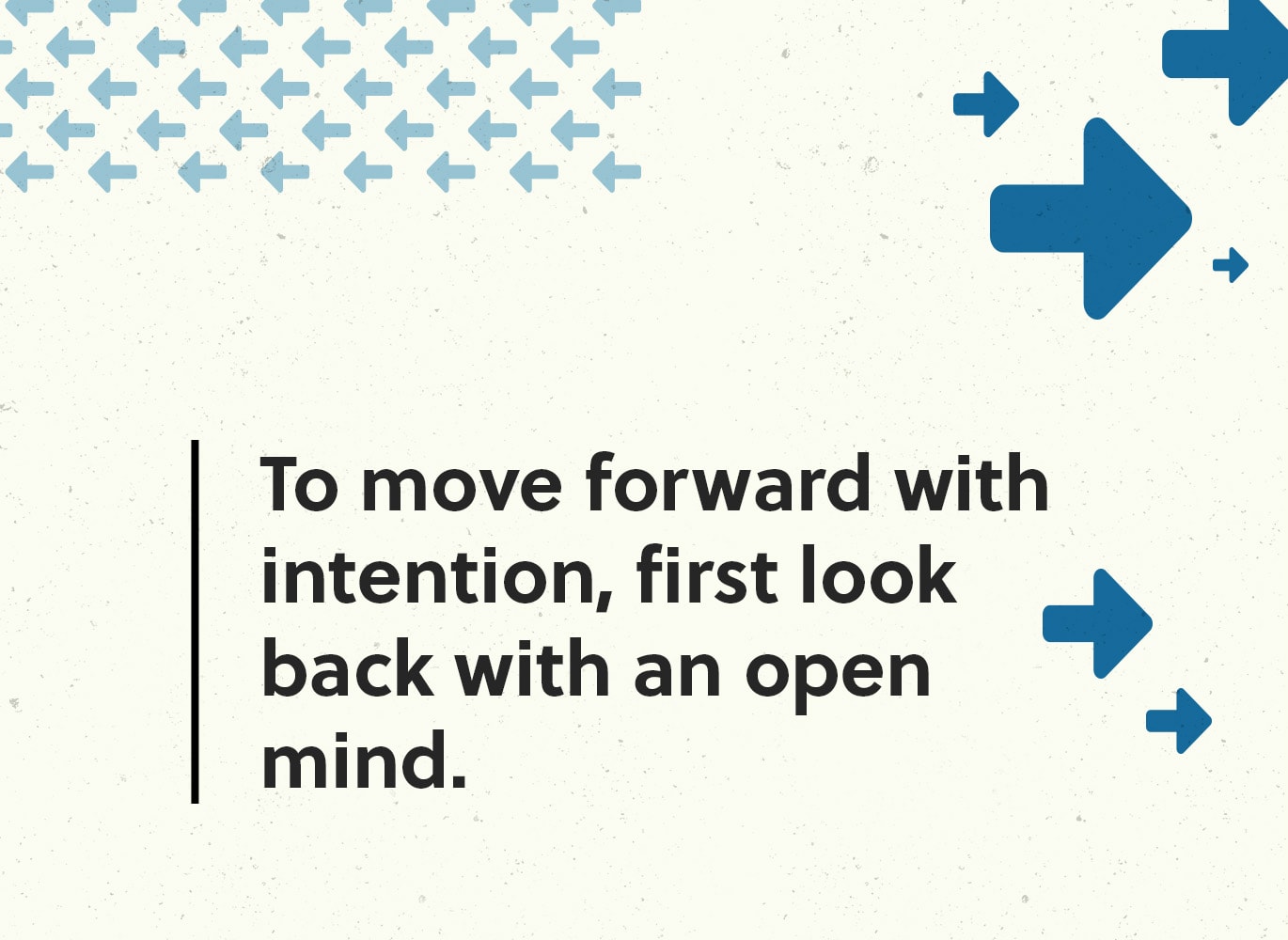
Like daily journaling, conducting an annual review can be as simple or as intense as you feel comfortable with. James Clear, the author of “Atomic Habits,” uses just three questions to conduct his annual review:
- What went well this year?
- What didn’t go so well this year?
- What am I working toward?
Are those questions too open-ended to wrap your head around? A more granular approach might help. Anne-Laure Le Cunff of Ness Labs starts with the same three questions but applies them to nine different categories, like health, work, learning, and money. Here are some other questions to consider:
- Did you meet last year’s goals? If not, what got in the way?
- List your three proudest achievements from the year.
- What was the smartest decision you made?
- What was the biggest risk you took? Did it pay off?
- Identify one thing you learned about yourself.
If you prefer a deeper review, YearCompass offers a free 20-page booklet that dives into the above areas and many more to create a comprehensive picture of your successes, challenges, and frame of mind.
Here are some more tips to get the most out of your review:
- Let go of expectations. Reflection is a process of discovery. Approach the questions with a sense of “beginner’s mind” and allow your answers to surprise you.
- Be honest with yourself. Remember, nobody ever has to see your review but you. Acknowledging the things that make you unhappy is an important step towards moving beyond them.
- Take your time. It took 365 days for the past year to unfold. Why rush through your answers? Allow yourself an hour or more to consider them, so nothing gets forgotten or skipped.
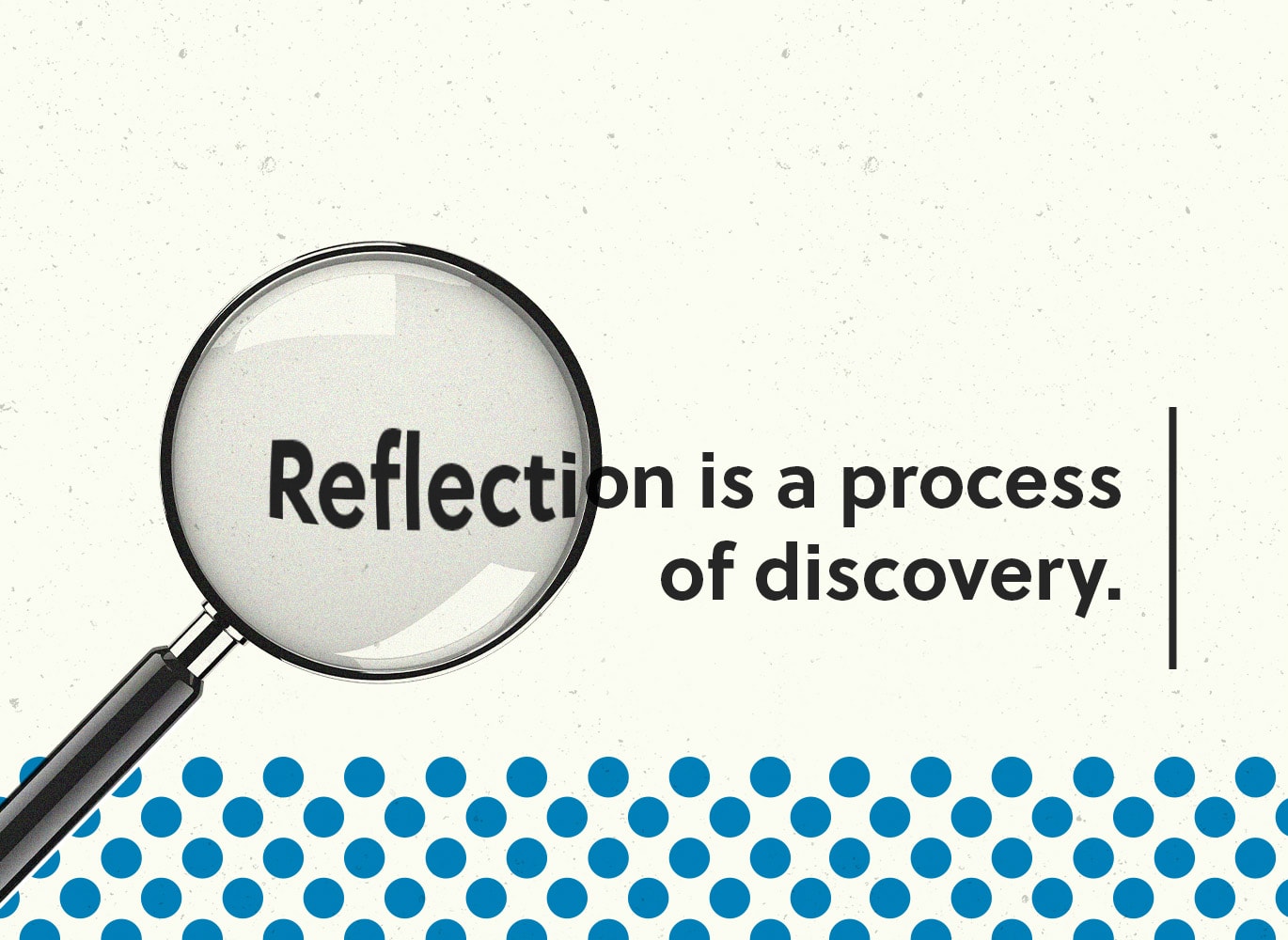
Think ahead: No crystal ball required!
Once you have a good feel for what worked in the past year and where you need to adjust course, you’re ready to visualize the road ahead. But that road can be tricky to navigate. Many of us start the year with good intentions, only to see it all fall apart by February. Fitness app Strava has identified January 19 as “Quitter’s Day,” the tipping point where data shows many people giving up on their resolutions.
How can you avoid becoming a Quitters Day statistic? Here are three tactics that can help.

Step 1: Write it down
The simplest thing you can do is to write what you want to achieve in the coming year. This simple act creates a clear aim, tightens focus, and jump-starts motivation.
As with your annual review, setting intent for the new year is worthy of careful consideration and time. Setting too many goals makes keeping up with any of them harder. Making goals too rigid (“lose 25 pounds by March”) or dependent on factors out of your control (like “get promoted to team manager”) can set you up to fail. It’s worth taking the time to get them right.
Step 2: Keep it real
What does a good goal look like? You could go for the philosophical (“write every day”) or the measurable specificity of the SMART method (“publish one professional blog post every week”).
The SMART goal looks a lot more focused. But what you may notice about both examples is that they focus on building a habit, not reaching an annual target. That’s because of another major pitfall that prevents people from meeting annual goals: a lack of motivation.
Motivation, experts tell us, comes in two flavors: intrinsic and extrinsic. When we have intrinsic motivation, we do a thing because we love it. The work is its own reward. It makes us feel good and boosts our desire to keep doing it. Most New Year’s resolutions, however, are extrinsic. That means they’re driven by outside forces, the things we think we’re supposed to want or do. It’s an obligation, which can soon feel like a burden.
Research also suggests that a goal has to meet three psychological needs to keep us motivated:
- When we believe we can succeed, we’re more willing to act.
- When we feel a sense of control, we’re more likely to find intrinsic motivation.
- The more we care about the goal or activity, the more invested we become.
So it’s not enough merely to think a goal is a good idea. It has to align with who you are and what you want from your life, or else we risk losing the motivation to see it through. But aligning your goals with the things you truly want feeds intrinsic motivation, and strengthens your intention, reducing what psychologists call the intention-behavior gap.
So ask yourself these questions when setting an intent for the year:
- Does this goal line up with what I learned in my annual review?
- Will it help me build a positive habit that will keep me pointed in the right direction?
- If I miss the target one week, can I get back on track the following week?
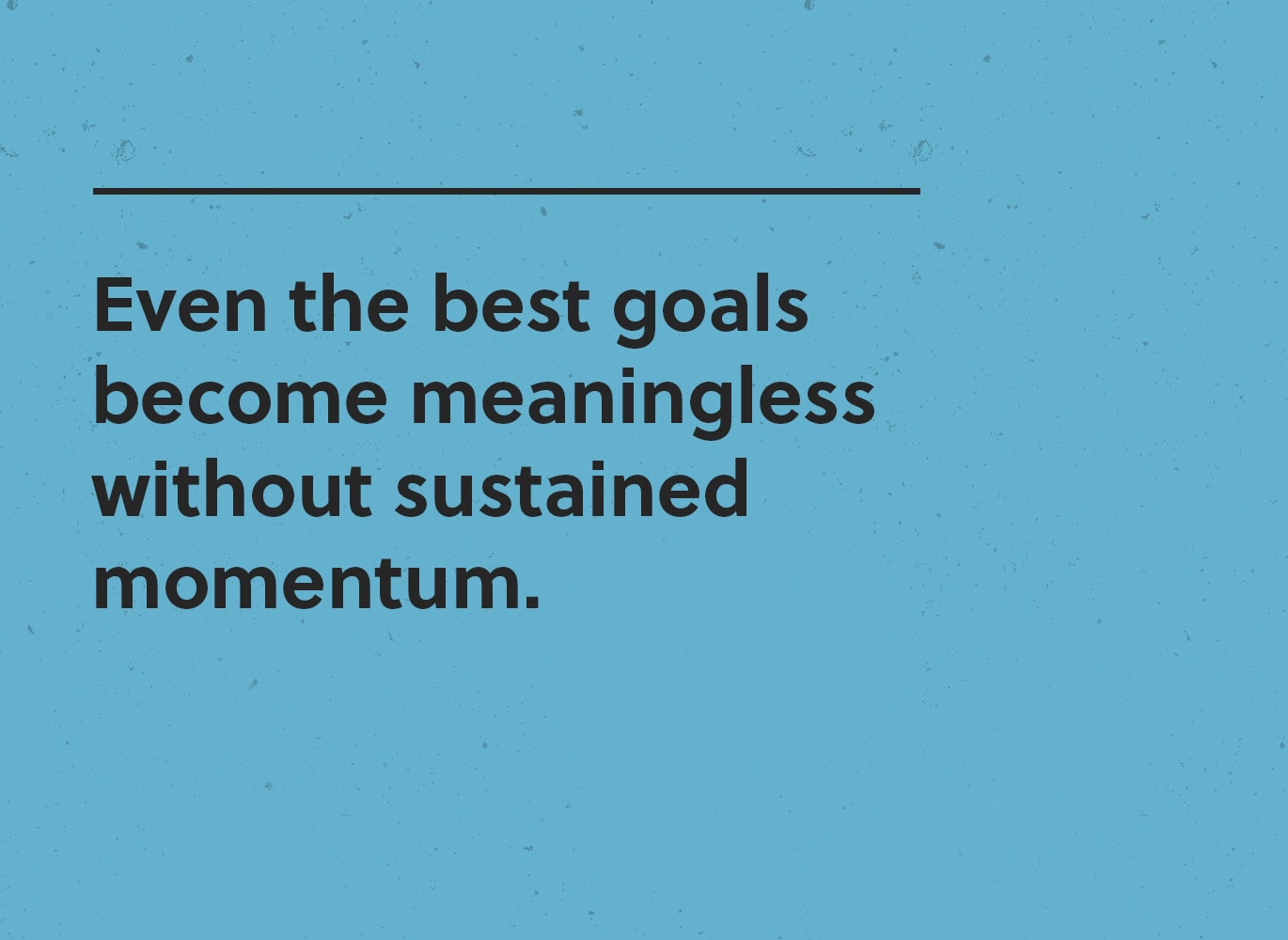
Step 3: Stay accountable
Even the best goals become meaningless without sustained momentum. But life has a habit of getting in the way. Evernote makes it easy to keep your goals top-of-mind and make sure you’re staying accountable to yourself:
- Set a recurring task to spend some time on your goal every day. It doesn’t matter if you make a lot of progress today or only a little, so long as you keep the momentum alive.
- Make sure you can find the information you need quickly when it’s time to work on your goal. Keeping it all in Evernote is a great start.
- Adopt a simple productivity system that fits the way you think (and how energy flows through your day).
- Use a habit tracker or calendar to see at a glance how much progress you’re making. The longer your productivity streak gets, the more emotionally invested you become.
- Check in with yourself through daily journaling or in a weekly review. And be kind. Remember, your goals exist to help you. If you catch yourself sliding, try to figure out why. You may need to adjust your daily flow or even change the goal to make it more realistic.
- For a little extra motivation, find a buddy. Having a support network can make even the toughest times a little more manageable.
Get organized: 9 templates for clarity and focus
Reflecting and planning may seem like a lot of work, but you can easily get started and stay on top of it all with a few notes in Evernote. We have some excellent templates to get you started quickly:
- Yearly Goals
- Goal Setting (with monthly tracker)
- Annual Calendar 2023
- Monthly Calendar 2023 (Work version – each week starts on Monday)
- Monthly Calendar 2023 (Home version – each week starts on Sunday)
- Build a Plan
- Habit Tracker
- Support Network
- Reflect & Correct
These templates are available in our Templates library, and you can add them to your Evernote with a click. Once applied to a note, you can change them however you like to suit your personal style, goals, or needs.
Move forward
Ready to finish the year strong and start fresh? Power up your productivity and find peace of mind with Evernote Personal. You’ll rest easy knowing everything is right where you need it, and have the tools to get on track and keep the momentum flowing all year long.
—::—
Explore Fo's Folio

Writing SamplesVarious Projects
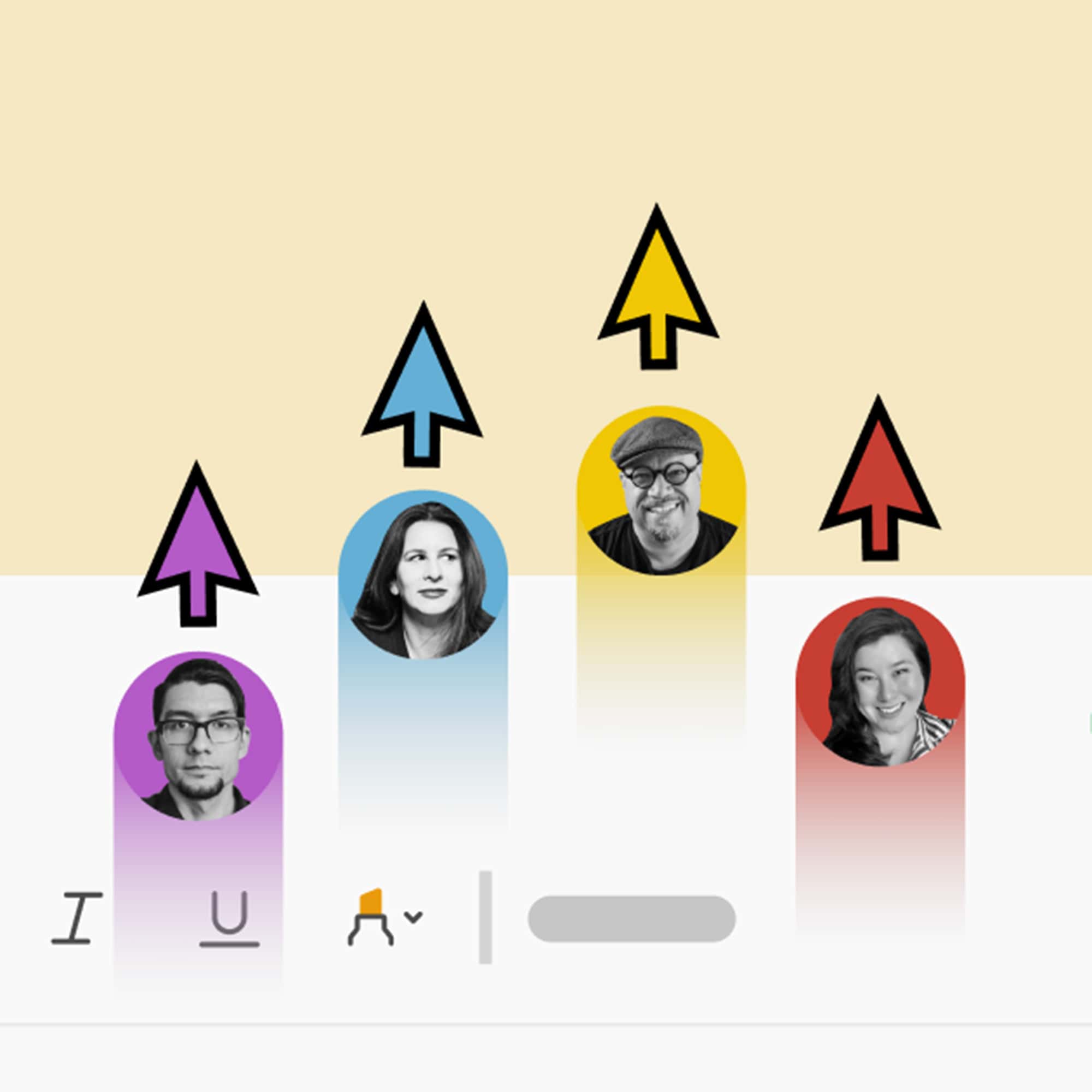
Creative DirectionRecent work

Repackaging EvernoteCreative Direction / Copywriting
Focus CultureEditorial / Strategy / Talent

The Ever Better ChallengeEditorial Direction / Talent
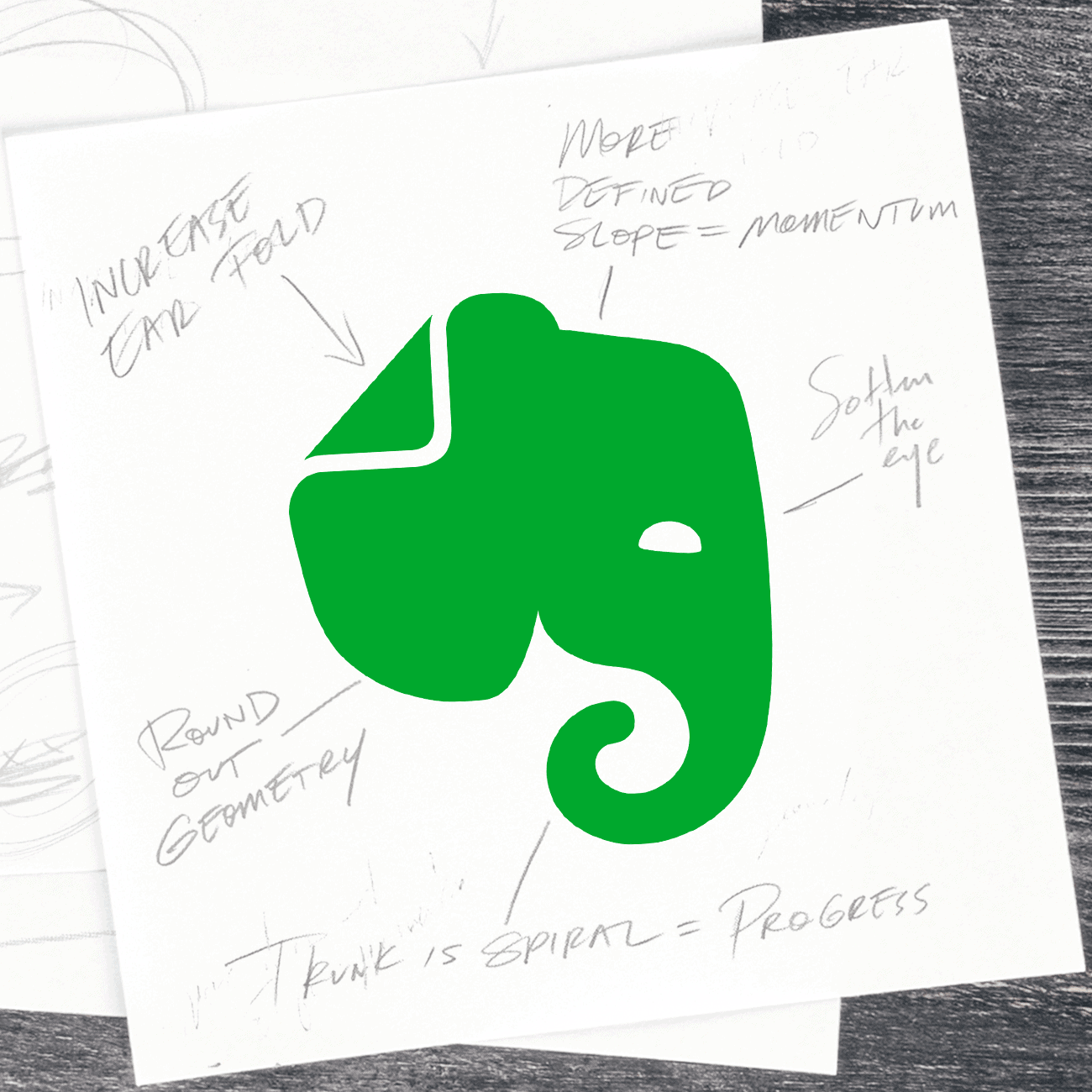
Evernote Brand RefreshEditorial Direction
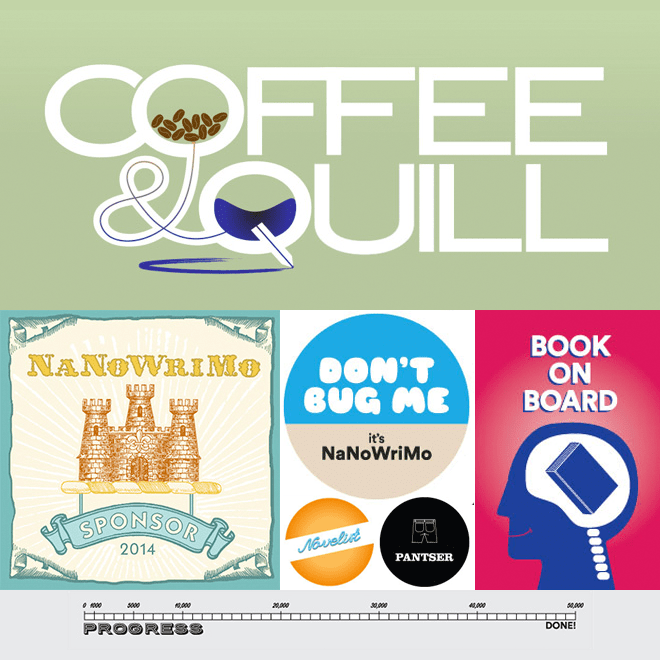
Coffee & Quill SocietyCreative Direction / Copywriting